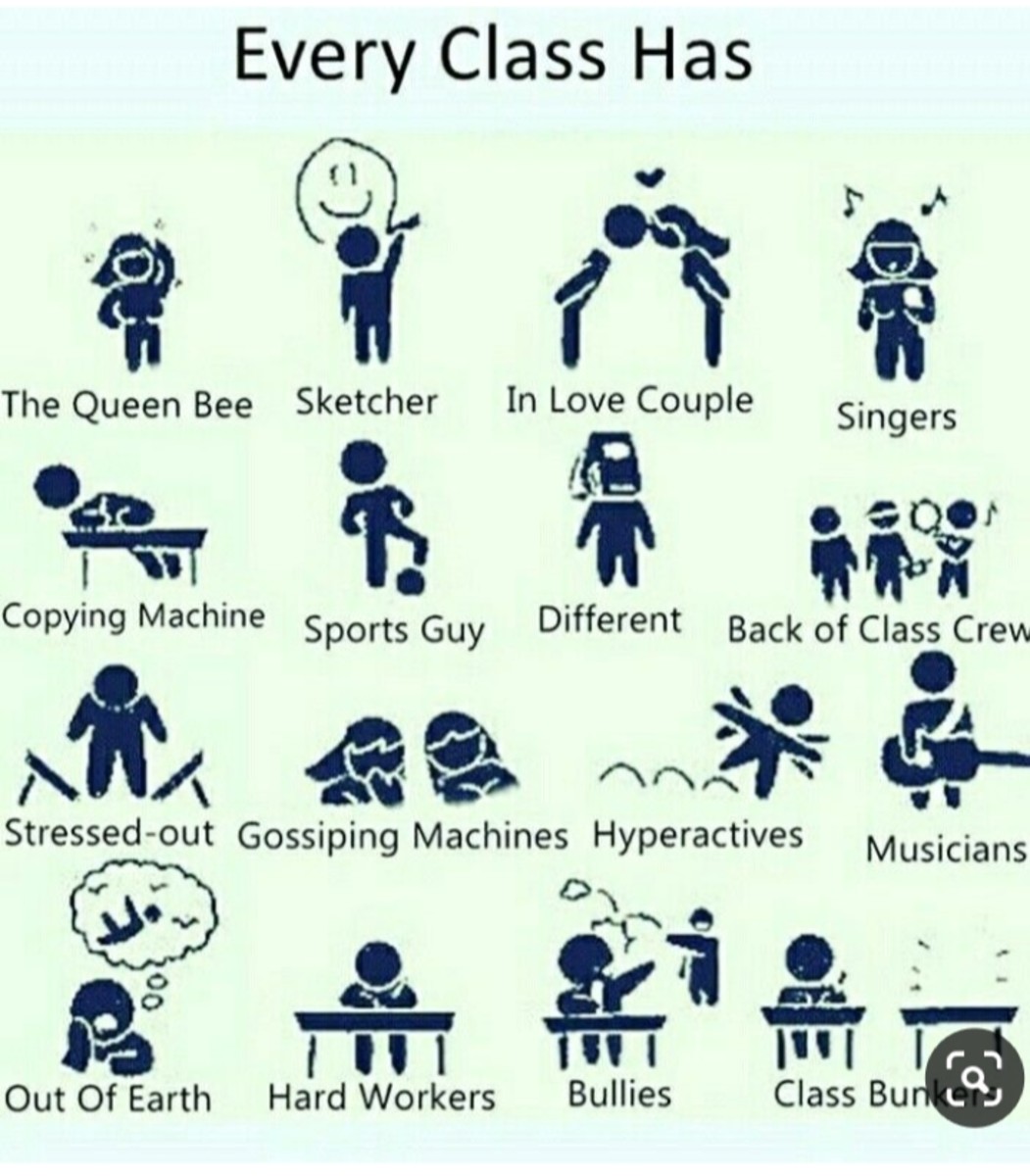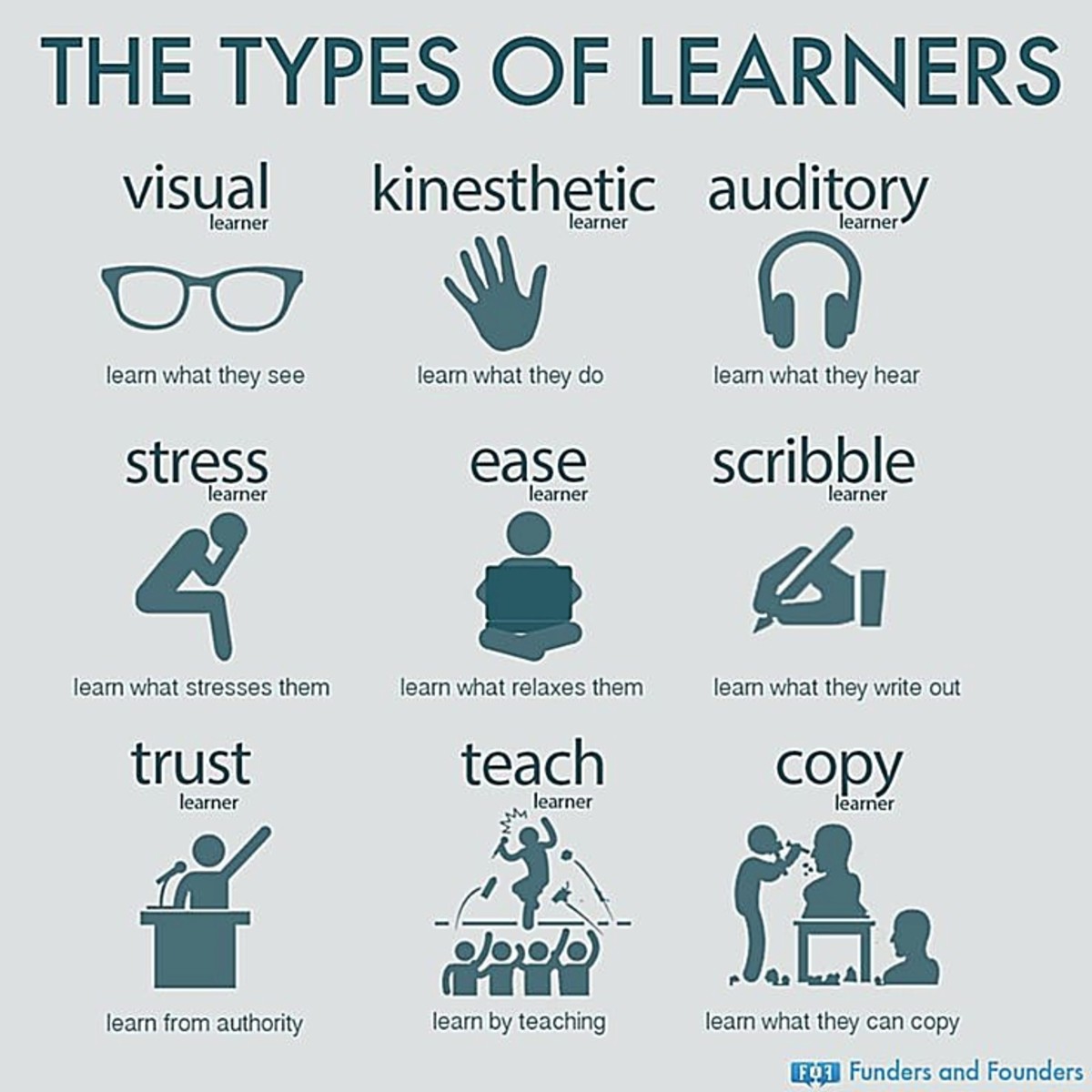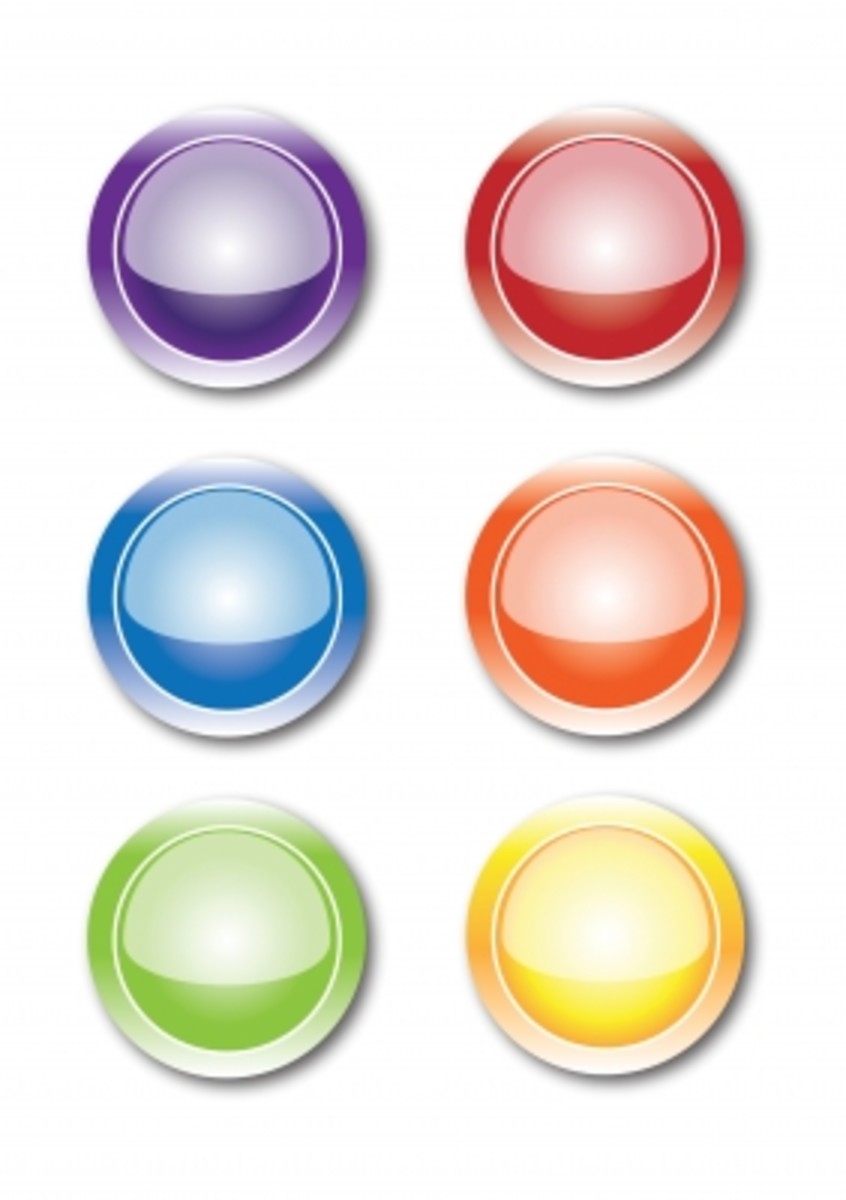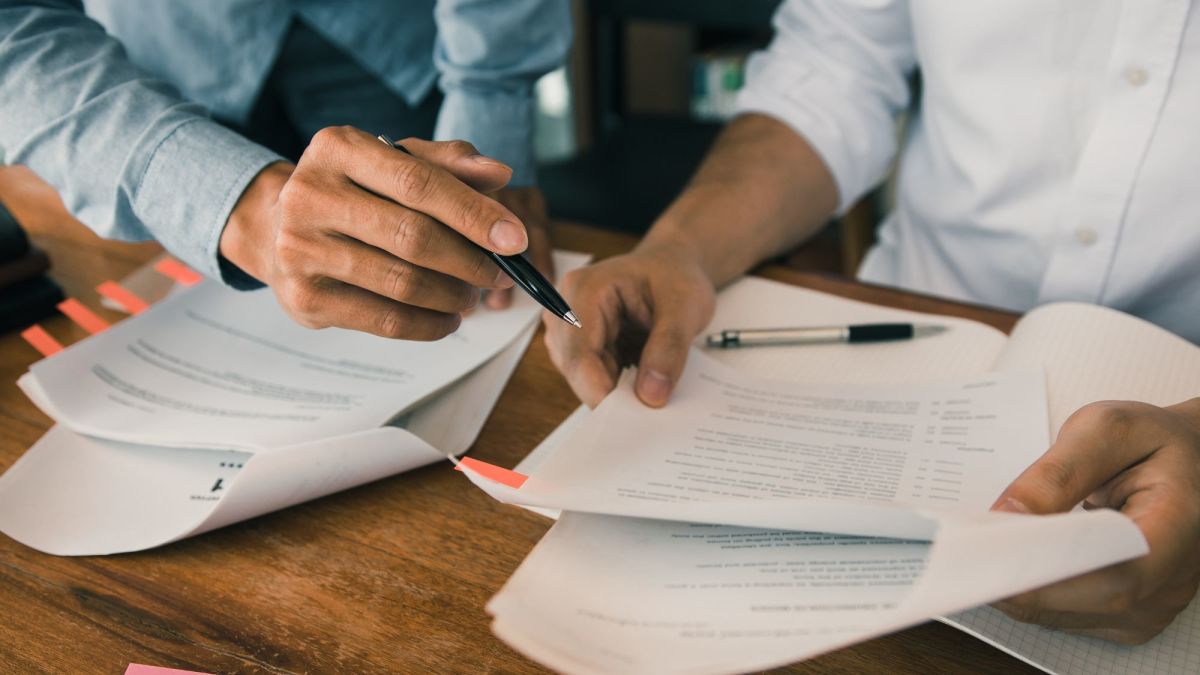Discovering Your Learning Style
TAKE THE SURVEY TO DISCOVER MORE
We can all be life-long learners. Since we are all unique individuals, once we discover how we individually learn, we may find that we have a renewed hunger for academics and/or any information that feeds our quest for knowledge. Learning styles are not mutually exclusive. You may also be an ecletic learner and find that you share preferences from more than one style. A visual learner might find that in certain circumstances, an auditory and kinestheic lesson presentation is effectively engaging.
(Different srokes for different folks)
Learning styles are different approaches, preferences or ways we all learn.
There are five main learning styles:
- visual learning
- auditory learning
- kinesthetic learning
- tactile learning
- haptic learning
Hopefully this hub will shed some light on why some kids struggle in the classroom and also offer some suggestions to parents and teachers that will help build motivation and success for each learner.
Auditory Learners
Have you ever sat in a class where the teacher just talks and talks and talks to convey new information? Are you completely engaged with what is being said as the words bring vivid images to your mind or do you find yourself thinking of ten million other things?
A student who learns best through listening and/or speaking would do well in a learning environment where an audio tape of a chapter is being played while following along in the textbook. Other effective learning strategies include opportunities to talk and process information in small group discussions or think/pair/share with another learner.
Visual Learners
A learning environment rich with tools for a visual learner would have many things to see: visual aids in the form of pictures, photographs, and illustrations, and graphic organizers for information. Teaching strategies would include the use of the overhead projector or other multi-media tools like videos or DVDs. Highlighting the text works well for visual learners along with taking notes to refer back to.
Kinesthetic Learners
These are the students that learn best through movement. Kinesthetic strategies include standing up and clapping a rhythm while saying a verse or jingle to learn a concept. Puppet shows, music, field trips, role playing and simulations are all great tools for the kinesthetic learner.
Haptic Learners
Students who learn best through writing things out are haptic learners. I think I fall into that category. If you learn by making an outline of the text read or take notes in a graphic organizer or 3x5 cards, you are definitely haptic. Responding to the text in a journal, personal whiteboards, preparing a report are also some effective strategies









